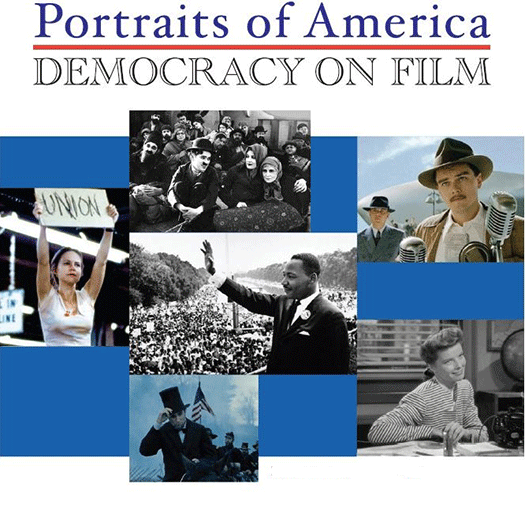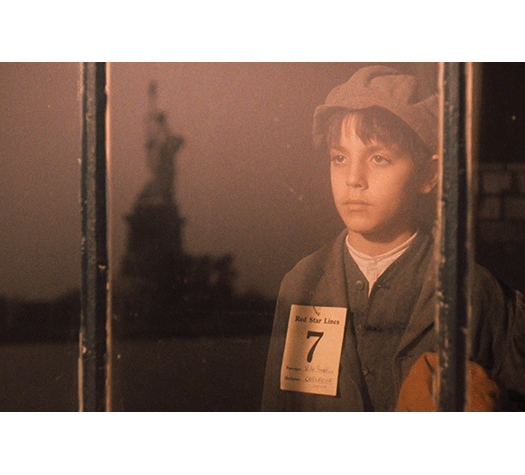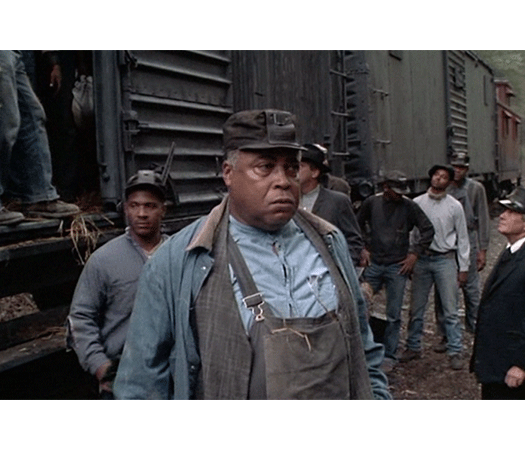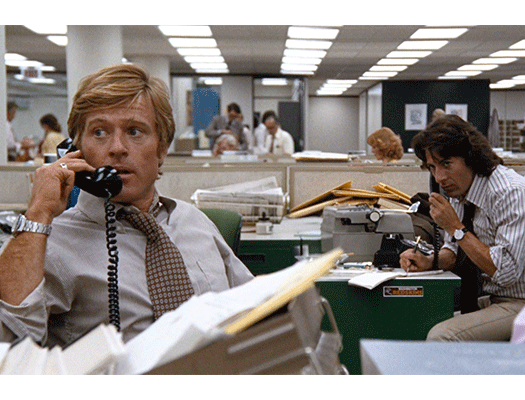The newest curriculum in The Story of Movies program focuses on American democratic ideals as expressed through film. While issues of immigration, labor rights and the common good, civil liberties, and systems of government are covered, the heart of this curriculum is story.
The scope and sequence of lessons and activities are written for students to investigate and answer these key questions: What does it mean to be an American, and how have movies portrayed America and Americans through the 20th and into the 21st century?
Major support provided by the American Federation of State, County and Municipal Employees











